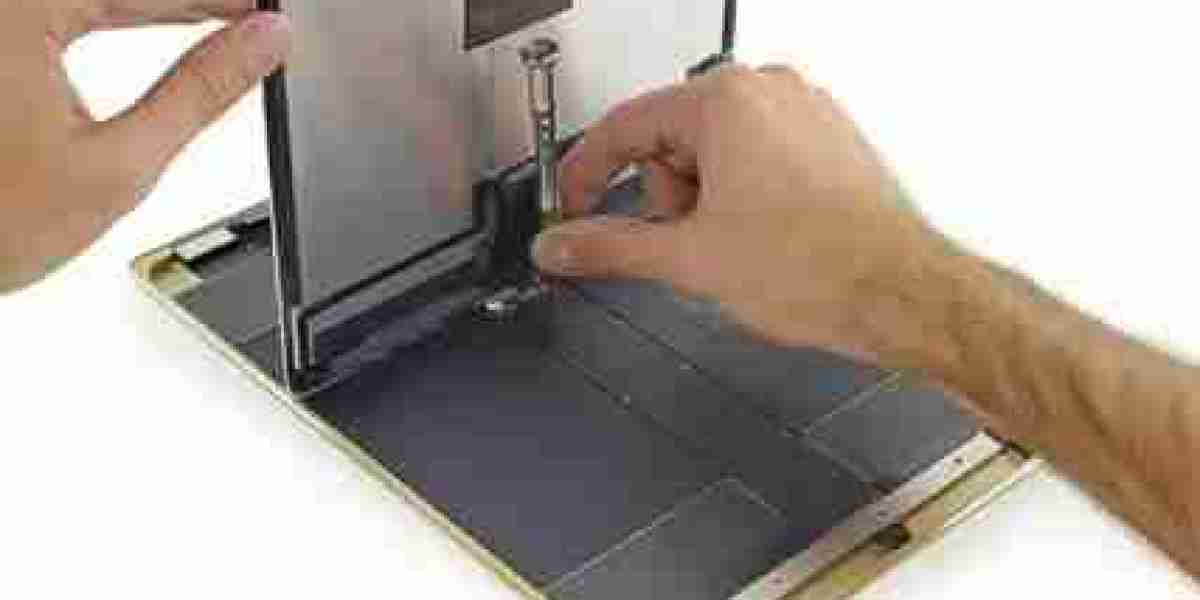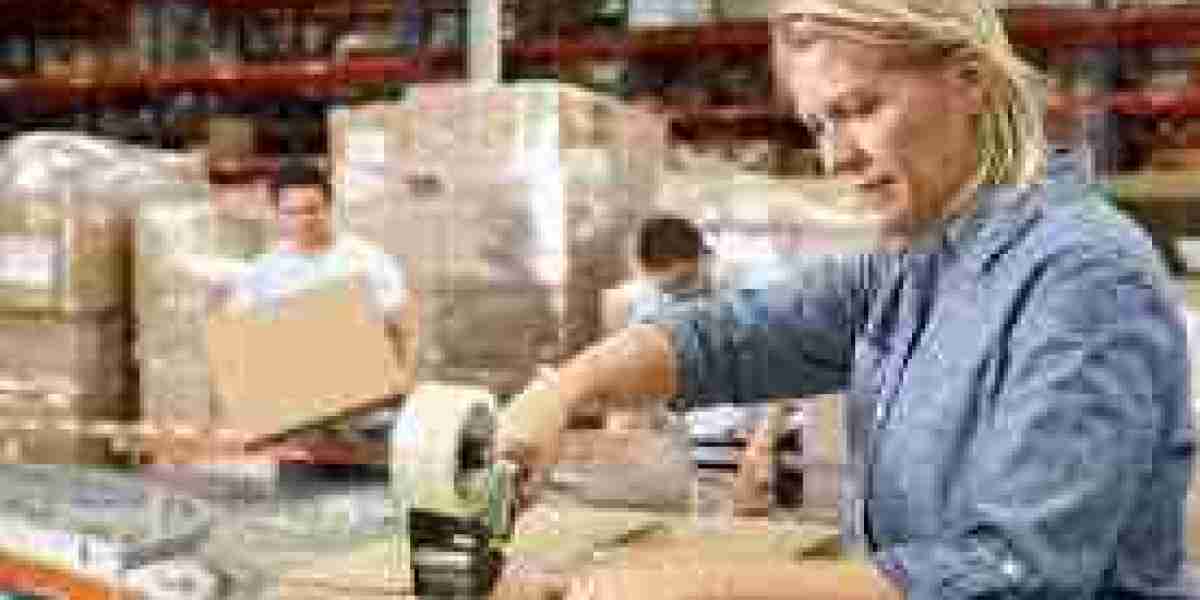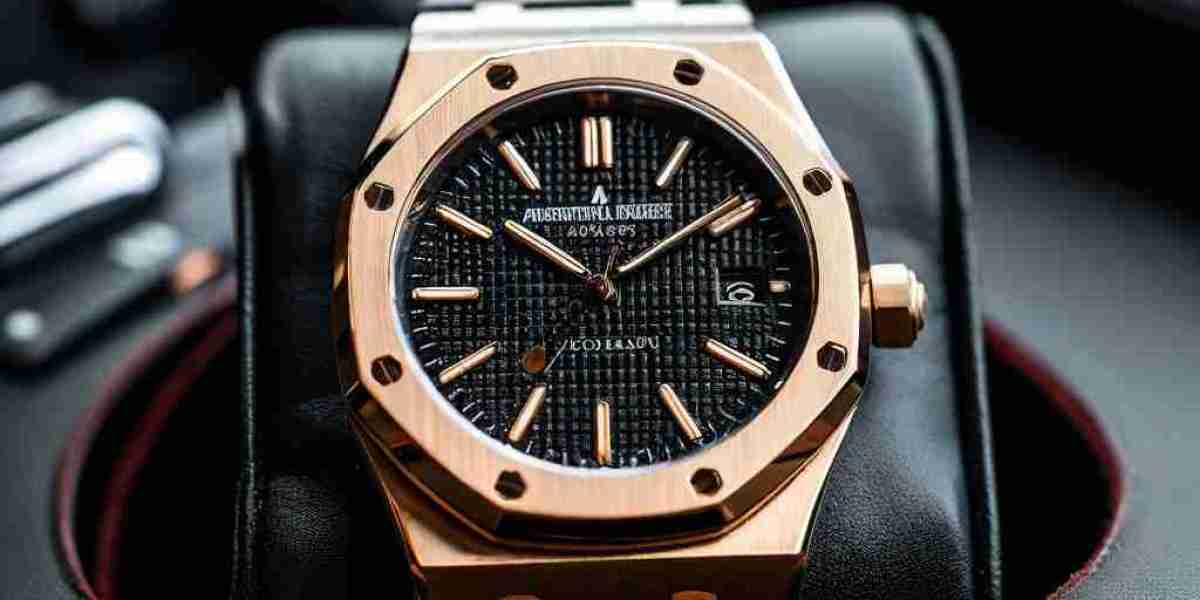Molded fiber products have gained significant attention in various industries due to their sustainability, versatility, and cost-effectiveness. Among the different types of molded fiber, Type 3 molded fiber stands out due to its unique manufacturing process, which plays a crucial role in the production of durable, eco-friendly packaging and other products. This article will explore the step-by-step process involved in manufacturing Type 3 molded fiber, as well as its applications, advantages, and challenges.
What is Type 3 Molded Fiber?
Type 3 molded fiber refers to a specific category of molded pulp products that are made using recycled paper or fiberboard. The primary characteristics of Type 3 molded fiber are its high strength, moisture resistance, and ability to maintain shape and integrity during transport or storage. These properties make it ideal for products such as protective packaging, trays, and containers that require both durability and an eco-friendly design. The production process of Type 3 molded fiber combines techniques from both the paper manufacturing and molding industries, creating a final product that is both sustainable and functional.
Type 3 molded fiber is an essential component in various industries, especially those seeking to reduce their carbon footprint. As more businesses shift toward eco-friendly alternatives, the demand for molded fiber products continues to rise. This sustainable material is primarily used in the packaging industry for consumer goods, electronics, and food products, where it offers an alternative to plastic packaging. The sustainable nature of Type 3 molded fiber stems from the use of recycled materials, which significantly reduces the need for virgin resources, aligning with the global movement toward more sustainable manufacturing practices.
The Raw Materials for Type 3 Molded Fiber Production
The production of Type 3 molded fiber begins with the selection of appropriate raw materials. The primary raw materials used are recycled paper fibers or fiberboard, which are sourced from post-consumer waste. This recycled paper is first collected, cleaned, and processed to remove any contaminants before being turned into pulp. The pulp serves as the foundation for the molded fiber, which is then molded into the desired shapes for various products. The raw materials are often chosen for their environmental benefits, as they reduce the need for virgin paper and minimize waste.
Once the recycled fibers are processed into pulp, they are mixed with water to create a slurry. This slurry is the key material used in the molding process, as it allows the pulp to flow and take the shape of the mold. The quality of the pulp is critical to the final product’s durability and functionality. To enhance the strength and moisture resistance of the molded fiber, additives such as waxes, resins, or starches may be incorporated into the pulp mixture. These additives improve the physical properties of Type 3 molded fiber, ensuring it performs well in its intended applications. After the pulp is prepared, it is ready for the next phase in the manufacturing process.
The Molding Process of Type 3 Molded Fiber
The next step in the manufacturing process of Type 3 molded fiber is the molding phase. The slurry of recycled paper pulp is poured into a mold, where it is compressed and formed into the desired shape. This process is typically done using a high-pressure molding system, which helps to compact the pulp and remove excess water. The molding machines used for this purpose can be designed for producing a variety of shapes and sizes, from simple trays to more complex protective packaging.
During the molding process, the consistency of the pulp is crucial. The slurry must have the right balance of water content and fiber density to ensure the mold’s shape is achieved and the final product is strong and functional. The molding process can be done using either a manual or automated system, depending on the scale of production. After the pulp is molded, the products are placed in drying ovens or allowed to air-dry, depending on the specific requirements of the molded fiber product. This drying phase is essential to ensure that the products do not lose their shape and become brittle.
Drying and Curing of Type 3 Molded Fiber
After the molded fiber products have been shaped, they are subjected to a drying and curing process to remove any remaining moisture. Drying is a critical step in the manufacturing of Type 3 molded fiber, as it ensures the products achieve their final strength and stability. During the drying phase, the molded fiber products are either placed in a drying oven or allowed to air-dry, depending on the scale of production. The temperature and duration of the drying process are carefully controlled to prevent any deformation or shrinkage of the molded fiber products.
Once the products are sufficiently dry, they may undergo a curing process to further enhance their durability and resistance to moisture. Curing involves exposing the molded fiber to heat, which helps to bond the fibers together and improve the product’s structural integrity. The curing process also helps the fiber products resist moisture absorption, which is especially important for packaging applications where moisture exposure could compromise the contents. After curing, the Type 3 molded fiber products are ready for inspection and quality control checks before they are packaged and shipped to customers.
Applications and Benefits of Type 3 Molded Fiber
Type 3 molded fiber has a wide range of applications, primarily in the packaging industry. Its ability to be molded into complex shapes and its excellent protective properties make it ideal for packaging delicate items such as electronics, consumer goods, and food products. One of the most significant advantages of Type 3 molded fiber is its sustainability. Since it is made from recycled materials, it helps reduce the need for virgin resources, minimizing the environmental impact of the manufacturing process.
In addition to its eco-friendly nature, Type 3 molded fiber offers numerous practical benefits. It is lightweight yet strong, providing effective protection during transport and storage. The molded fiber is also biodegradable and compostable, making it a more sustainable alternative to traditional plastic packaging. Additionally, Type 3 molded fiber can be customized to meet specific requirements, including moisture resistance, cushioning, and strength. These characteristics make it a preferred choice for manufacturers looking for a reliable and environmentally friendly packaging solution.
Challenges in the Manufacturing of Type 3 Molded Fiber
While the manufacturing process of Type 3 molded fiber offers many benefits, it is not without its challenges. One of the main challenges is ensuring consistent quality throughout production. The quality of the raw materials, the pulp mixture, and the molding process must be closely monitored to avoid defects in the final product. Variations in the quality of the raw materials, such as the presence of contaminants or inconsistent fiber length, can lead to weaker molded fiber products that do not meet the required standards.
Another challenge in the manufacturing of Type 3 molded fiber is the energy-intensive nature of the drying and curing processes. The need for high-temperature drying and curing can lead to increased energy consumption and higher production costs. Manufacturers must find ways to optimize these processes to reduce energy usage without compromising the quality of the final product. Innovations in drying technologies and the use of renewable energy sources can help mitigate these challenges and make the production of Type 3 molded fiber more sustainable in the long run.
Conclusion
The manufacturing process of Type 3 molded fiber involves several key stages, from selecting raw materials to molding, drying, and curing the final product. This process results in a versatile, eco-friendly product that is used extensively in packaging applications. Despite the challenges associated with production, including ensuring consistent quality and managing energy consumption, Type 3 molded fiber offers significant advantages in terms of sustainability and functionality. As the demand for eco-friendly solutions continues to grow, the manufacturing of Type 3 molded fiber is likely to play an increasingly important role in various industries looking to reduce their environmental impact while maintaining the quality and performance of their products.







